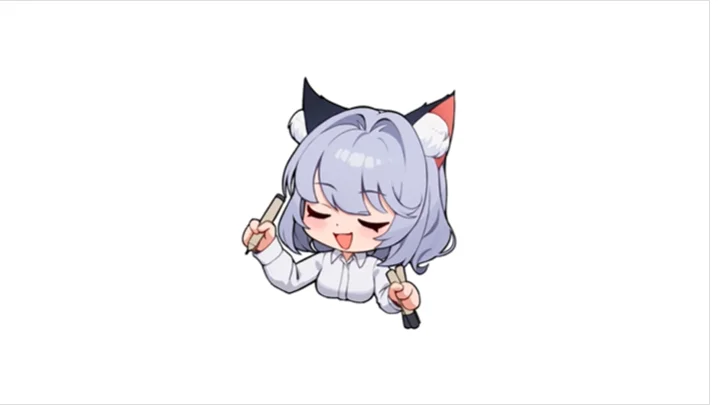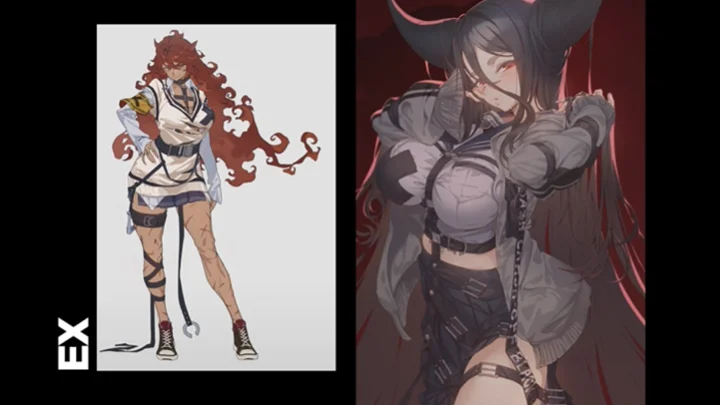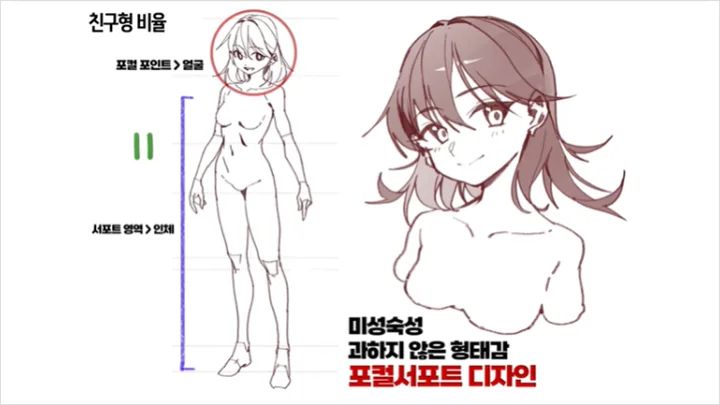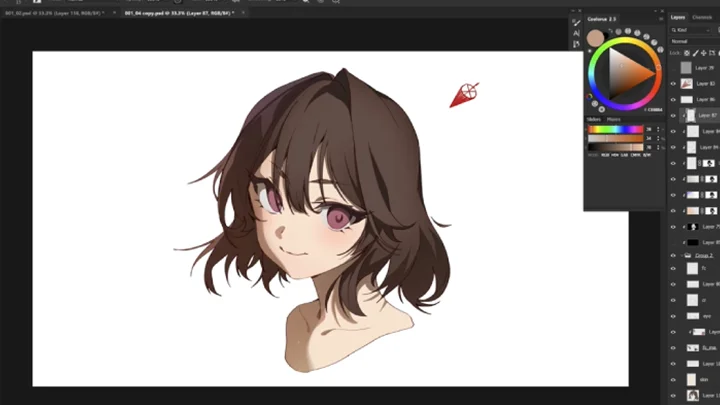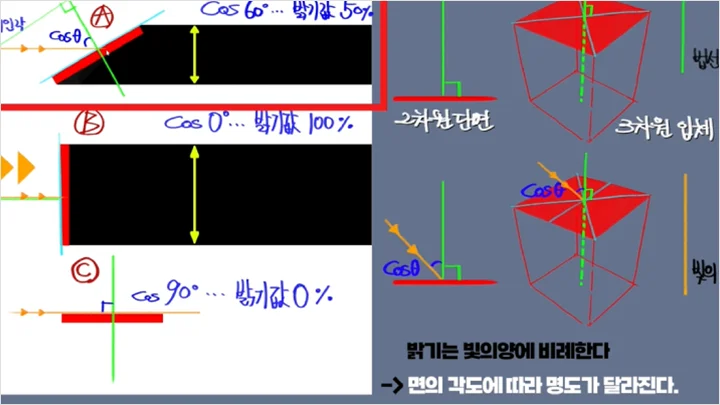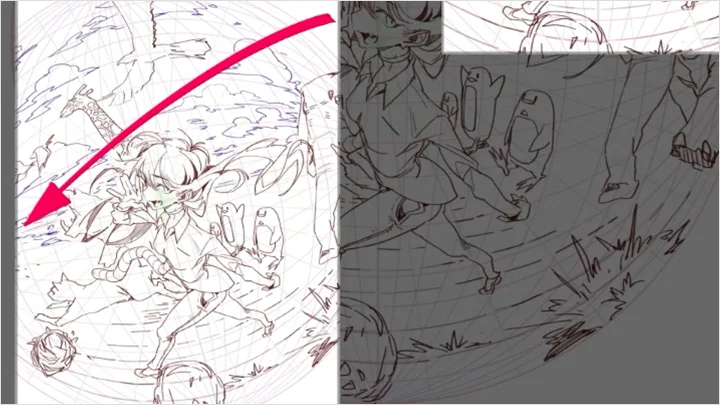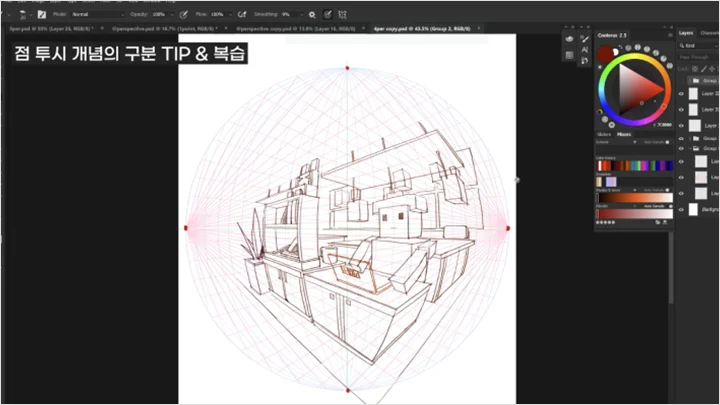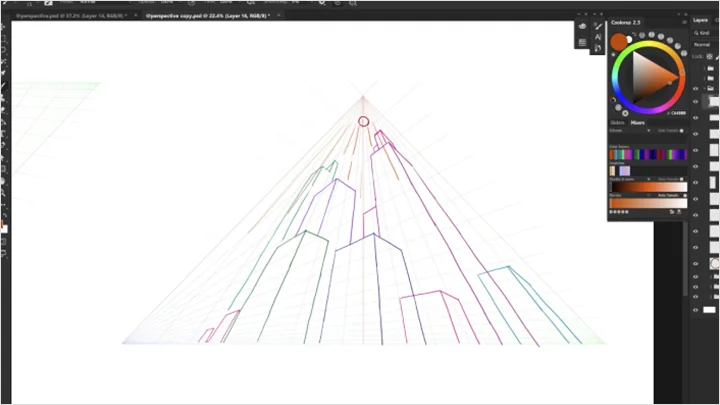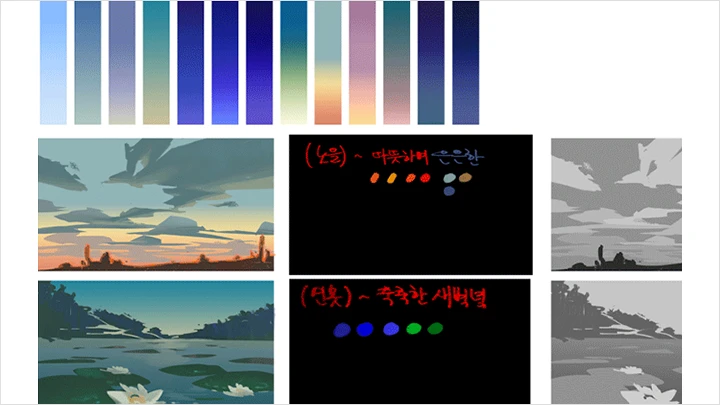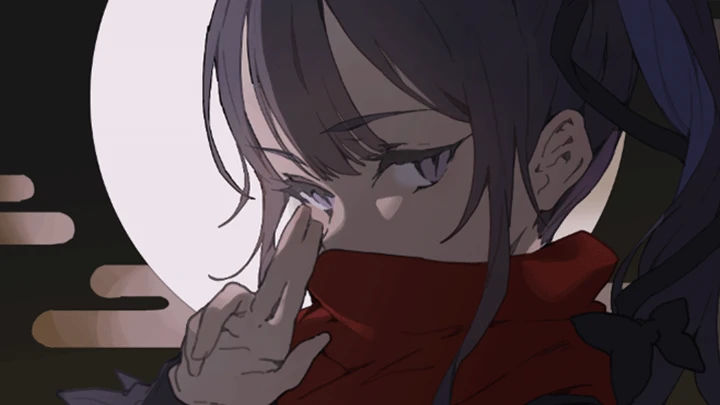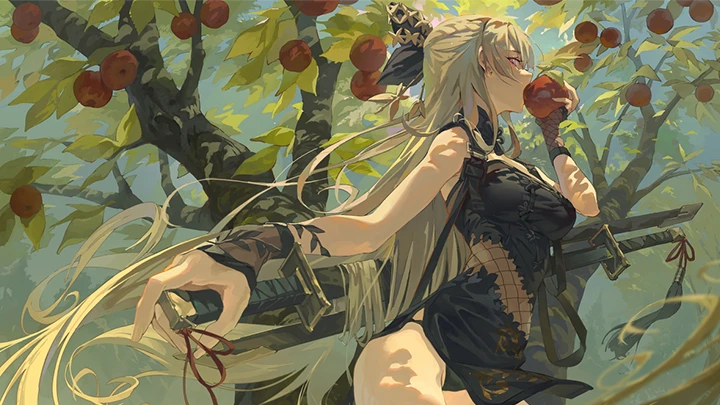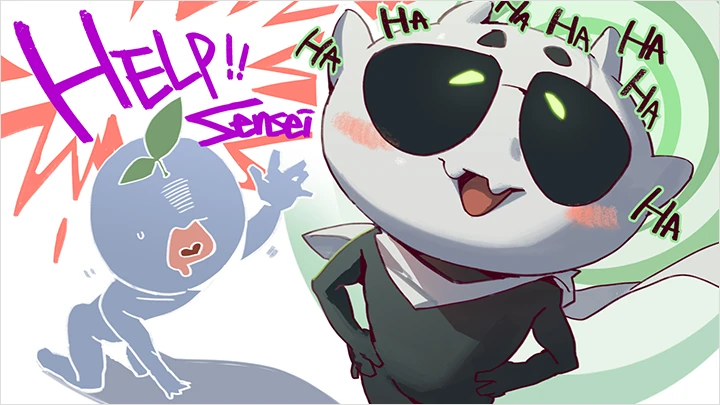Illustrator, HxxG Details
In-Depth Look
- SECTION 01
Orientation
1. Introduction to the Artist and How to Utilize the Class- Artist introduction - Introduction to tools and software required for illustration work - Class concept and goals: practical, trend-based techniques for real-world illustration
- SECTION 02
Understanding and Expressing Subculture Characters
2. Understanding Character Forms- How to build beautiful silhouettes - Proportions and silhouetteses
3. Character Proportions Practice- Simplifying proportions: laying the foundation by dividing the body into three parts - Expressing silhouettes - Focal points in design
4. Subculture Character Analysis: Form and Concept- Translating abstract information into logical terms - Expressions and poses - Analyzing and studying information about subculture characters - Categorizing information (information storage/inventory)
5. Subculture Character Design Tips 1: Color and Concept- Selecting and utilizing colors using a limited palette - Using point colors - Utilizing gradients - Understanding the symbolism of different colors
6. Subculture Character Design Tips 2: Demonstration- Demonstration of design using concept learning
- SECTION 03
Basic Techniques: Understanding the Concepts of Light, Lighting, and Shadow Techniques
7. Lighting- Light and shadow - Lambert's cosine law - Three-point lighting
8. Effective Practice Methods for Depicting Darkness- Shadow calculation methods - Effective midtone representation techniques - Practice methods for realistic depiction of darkness
9. Techniques Using Light- Front lighting - Rim lighting (edge) - Backlighting - Underlighting - Spotlight
10. Techniques Using Shadows- Cast shadows - Half shadows - Occlusion shadows - High angle and low angle - Application of techniques by emphasizing stylization and expression
- SECTION 04
Basic Techniques: Understanding the Concept of Canvas Ratios and Angles
11. Perspective Drawing- 3-Point, 4-Point, 5-Point Perspective - Box stacking practice using 5-point perspective
12. Utilizing Angles- Eye level - High angle - Low angle - Dutch angle - Photography activities
13. Illustration Composition and Layout- Introduction to different composition theories - Golden ratio, rule of thirds, rule of halves - Canvas composition for horizontal/vertical ratios
14. Applying Concepts Through Portrait Illustration Techniques 1- Applying angles through illustration drawing
15. Applying Concepts Through Portrait Illustration Techniques 2- Review of canvas composition through demonstration
- SECTION 05
Basic Techniques: Color Expression and Techniques
16. Understanding and Applying Color Contrast- Color contrast - Practical application of color contrast
17. Understanding Layer Properties- Layer properties - Subtractive and Additive Color Mixing - Functionality of Overlay Layers
18. Illustration Production Planning- Topic selection - Keyword organization - Mind mapping
- SECTION 06
Practical Techniques: Comprehensive Practice for Producing Practical Illustrations
19. Character Design- Generating ideas - Bringing your atmosphere to life and expressing your preferences - Design creation techniques - Color roughs
20. Illustration Rough/Planning- Establishing Basic Layout and Silhouette - Expressing Details - Composition considering object density - Adjusting object placement
21. Composition and Planning Using Symbolism- Checking symbolism to match the desired concept - Detailing composition based on symbolism
22. Applying Atmosphere Through Color- Color roughs - Applying color to landscape illustrations - Creating atmosphere with color
23. Line Art and Applying the Base Color- Line art, base colors, and color placement - sketch detailing
24. Applying Light Design- Designing light and shadows using overlay (additive layer) - Light rendering
25. Depicting Darkness and Midtones- Representing darkness - Learning to differentiate objects in stages - Expressing midtones using the base colors
26. Theme Reminder and Visibility Enhancement- Reinforcing the theme - Enhancing details and fine rendering - improving visibility
27. Final Touch-Ups and Completing the Work- Detailing the coloring - Final adjustments and completing the work
- SECTION 07
Tips for Working as a Freelance Illustrator
28. Self-Study and Practice- Practice methods that suit your goals - Motivation to continue studying on your own
29. Strategies to Become a Recognized Artist in the International Market- Strategies and goals to become a professional - Direction in the international market
30. You Aren’t Alone: Overcoming Slumps- Sharing thoughts and experiences on slumps
31. Finishing Up- Outro: for those who love drawing - Words from the artist
